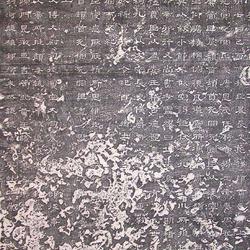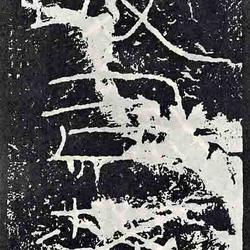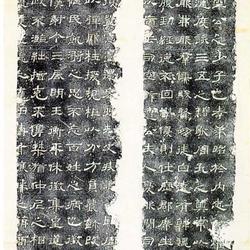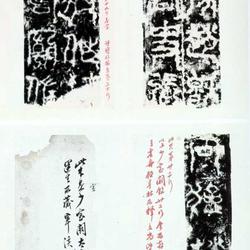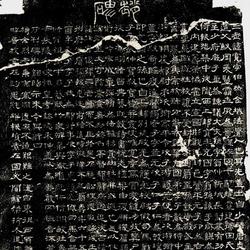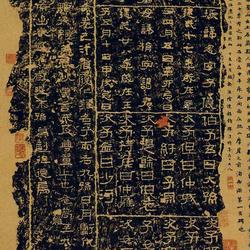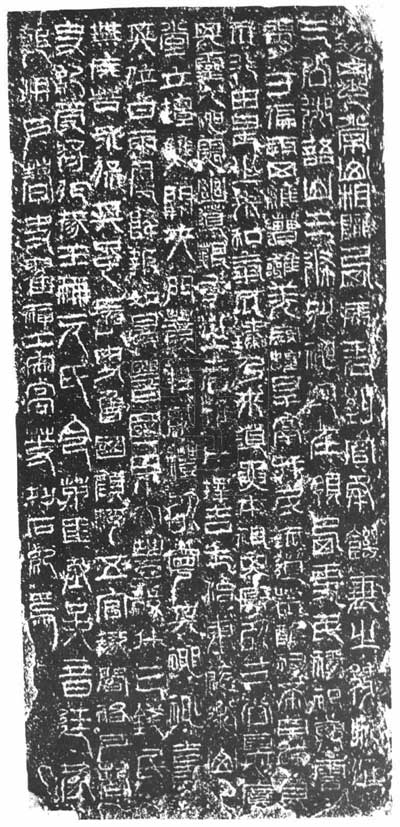
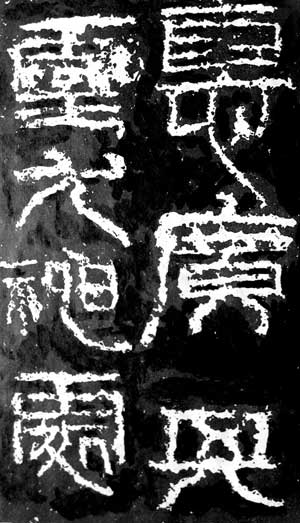
"Fourth year of the Yuan Dynasty" are the four characters at the beginning of this inscription, which tells us that the time when the inscription was carved was 117 AD. Among the many inscriptions in the Eastern Han Dynasty that were mainly written in official script, it is very special, that is, the seal script was written in the official script method. The Eastern Han Dynasty was no longer in the transition stage between seal script and official script, so this feature is completely different from the mixing of seal script and official script in Qin Dynasty. Just take a look at the "Modern Sacrifice to Sangong Mountain Stele" where a "modern" wave is sometimes installed at the end of the horizontal painting. You can clearly see that no matter how hard it is written in the structure of seal script, it is eventually marked with official script. The mark of the times.
"The Stele of Sacrifice to Sangong Mountain" has dense lines, interspersed with large and small, and changes in length. Because the line spacing is equal but the word spacing is unequal, it has a neat beauty in change. It is also unusual in the structure of single characters. The combination of radicals often goes beyond the norm and exaggerates a certain part unexpectedly, making many characters show a clumsy dynamic and forming a unique style.
Among the seal scripts of the Han Dynasty, the style is relatively close to it, including "Han Songshan Shaoshi Shinto Que", "Wang Mang Xin Jialiang", "Songshan Kaimu Temple Stone Que", as well as the seal forehead of the stele, Han tile dangwen, and Han bricks Wen et al. The "Han Shanyu Heqin Square Brick" published here has a simple structure and is also an excellent work among Han seals. This kind of flat, square and straight Chinese seals is also called Miao seals in Han Dynasty. The characters in Han seals are also included in Miao seals. Therefore, since the "Han Sangong Mountain Stele" was unearthed, it has been regarded as a model for learning by seal carvers together with other seal script materials of the Han Dynasty.

